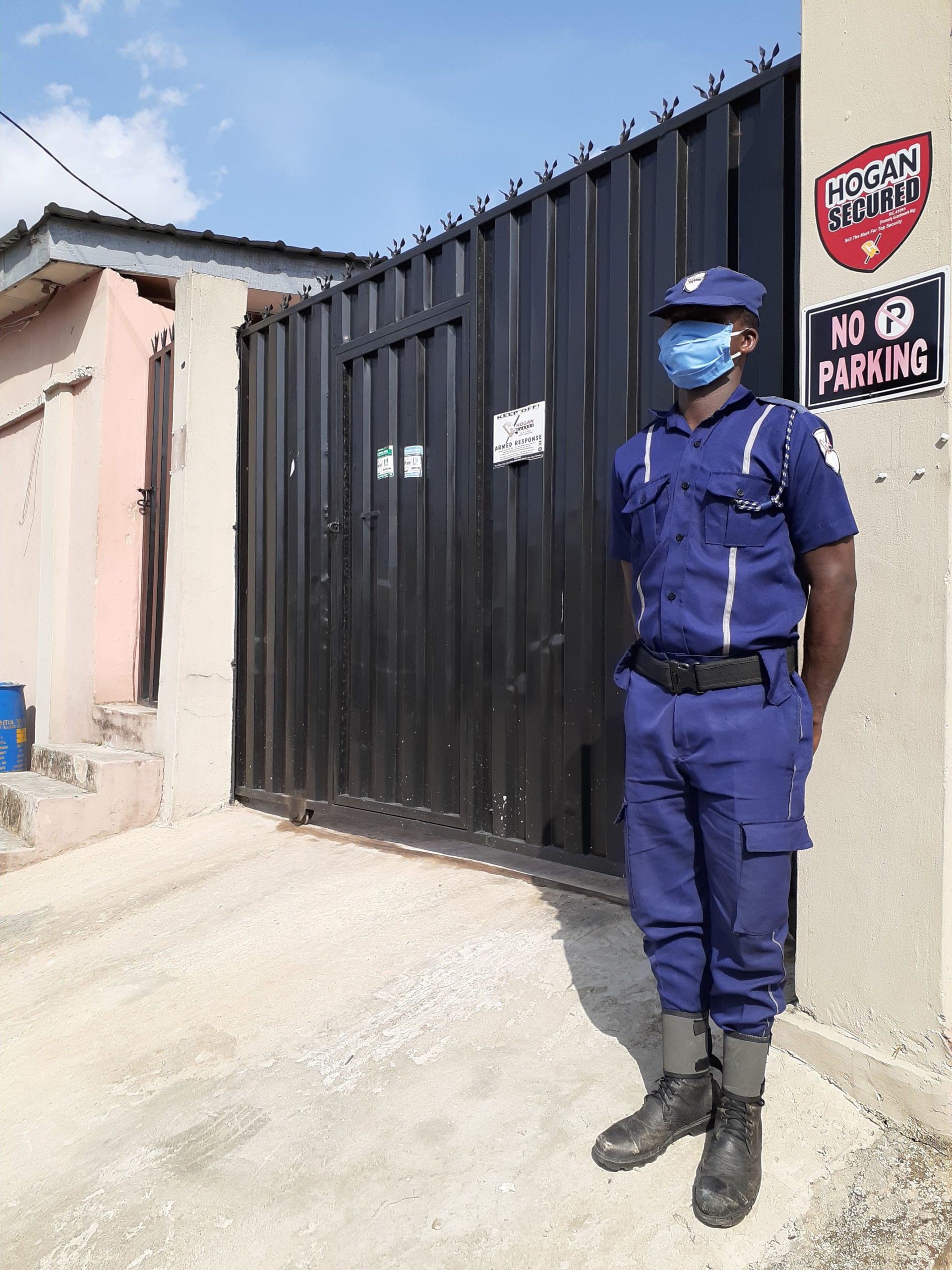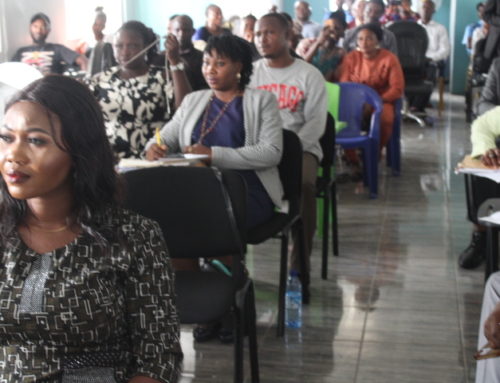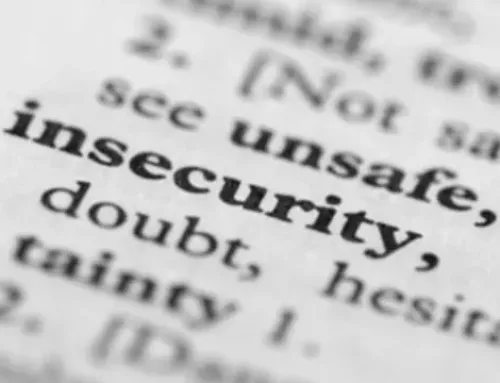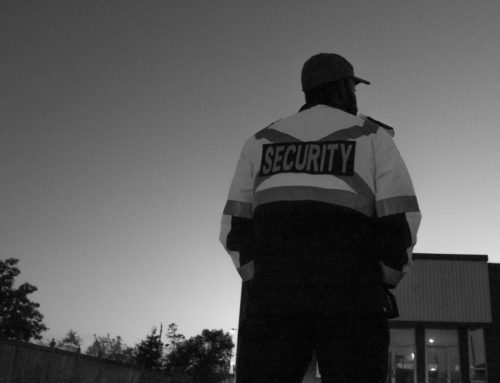When it comes to personal safety, children are among the most vulnerable. This is why it is imperative to teach your child about personal safety. It is never too early nor too late. Personal safety training educates the child on safety methods and empowers children to take part in their own protection by giving them age-appropriate information, skills, and self-esteem. It also strengthens the ability of those morally, socially and professionally responsible for the protection of children, that is, the State, parents, educators, and the larger community.
The personal safety of children cannot be overemphasized now more than ever, due to the reopening of schools by the Federal Government. These safety methods will not only help safeguard the kids from abuse, but from being victims of criminal acts like kidnappings.
This program is an extension of the safety rules we teach our children, that is, don’t play with fire, look both sides before and while crossing the road, etc. These are other safety methods that should be taught to children:
- Teach children to understand their emotions to help keep them safe, using fear and anger in positive ways.
- Teaches assertiveness skills, helping children to stand up for their own rights without violating the rights of others.
- Explain to your child some of the uncomfortable things unsafe people may do. For instance, they may pay a lot of attention to kids and even give them presents.
- Role play, create scenarios where the child may be unsafe. Explain unsafe situations/things to them. Include situations of both a stranger and someone known to them. Act out and role play these situations, talk the child through them.
- Give simple steps to handling unsafe situations. If the child is feeling unsafe these are appropriate steps to take:
- Loudly say, “NO”. Ensure to scream it so people can hear you.
- Run away. Emphasize how important it is to run from unsafe people.
- Find a trusted adult. For instance, if your child is out in public and can’t find you. Tell your child find a mom who has kids with her.
- Lastly, talk with your child about “safe” and “unsafe” people and situations.
Every home and school should make children personal safety education a priority. Teach them about personal safety and protection methods. As a parent, take an active interest in your child and listen to them. Lastly, make the home a place of trust and support for the children. With good methods in place, we can teach our children to be smart, strong and safe.






